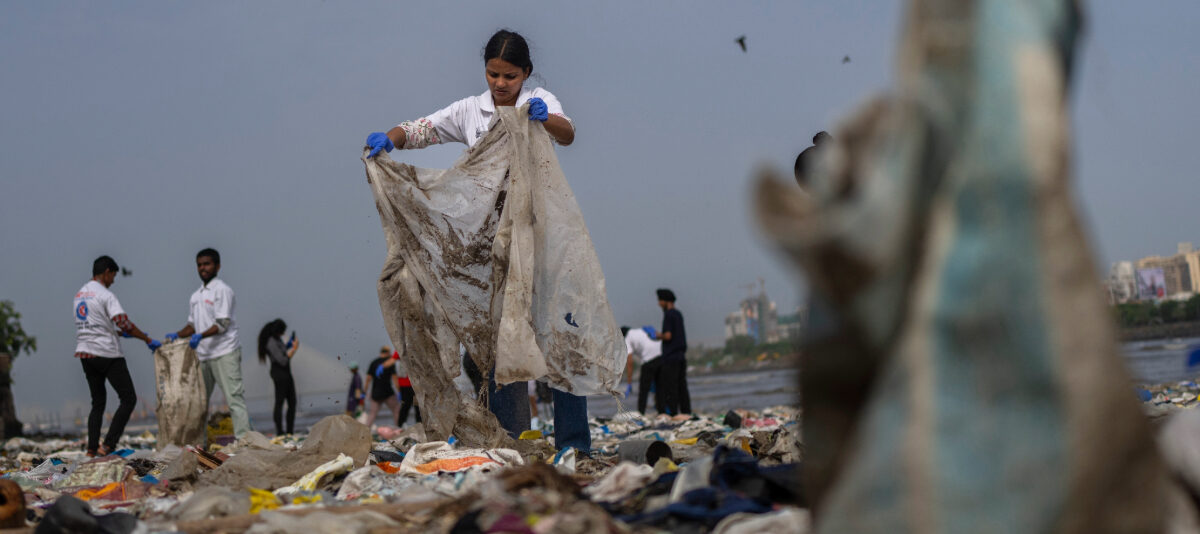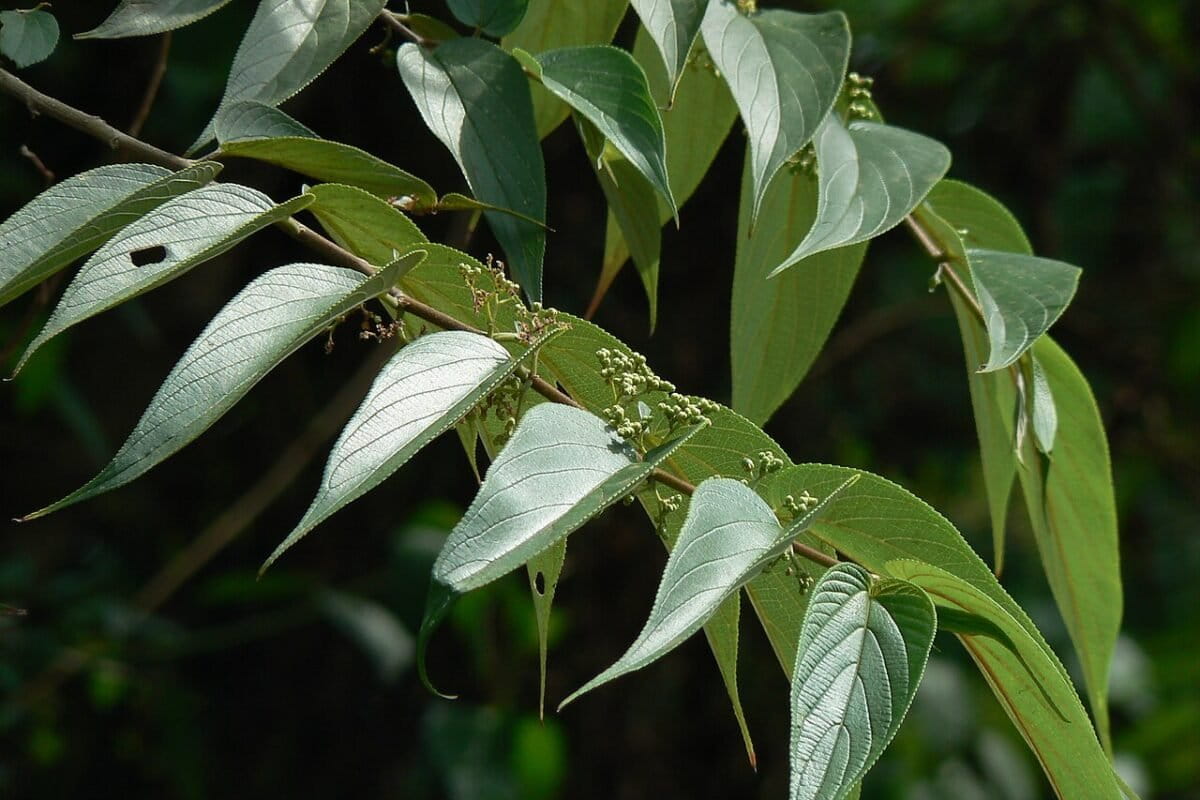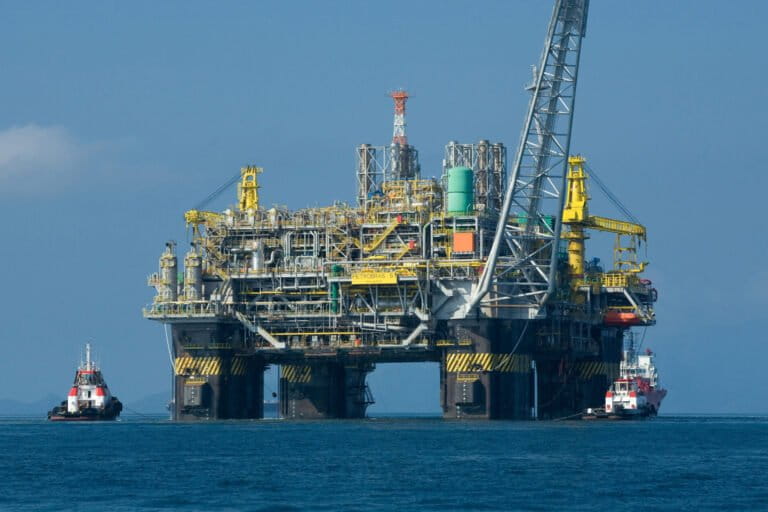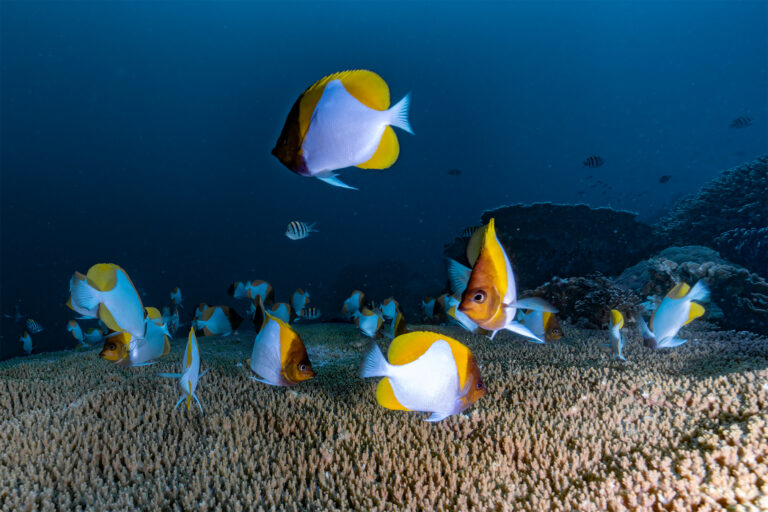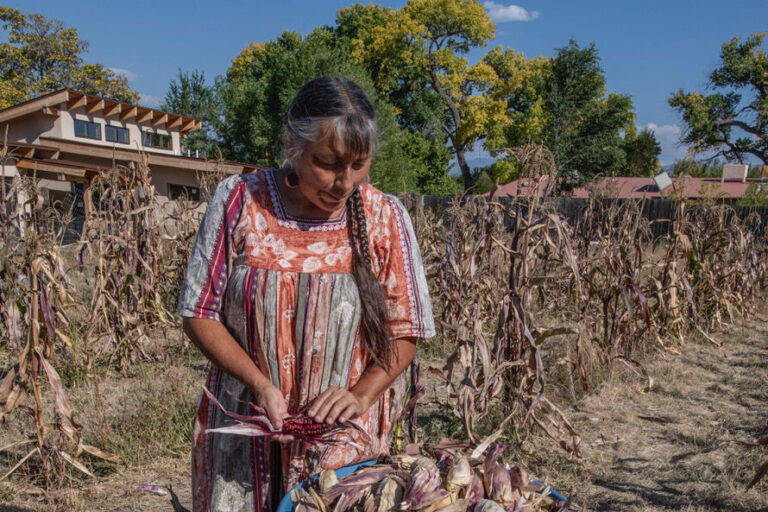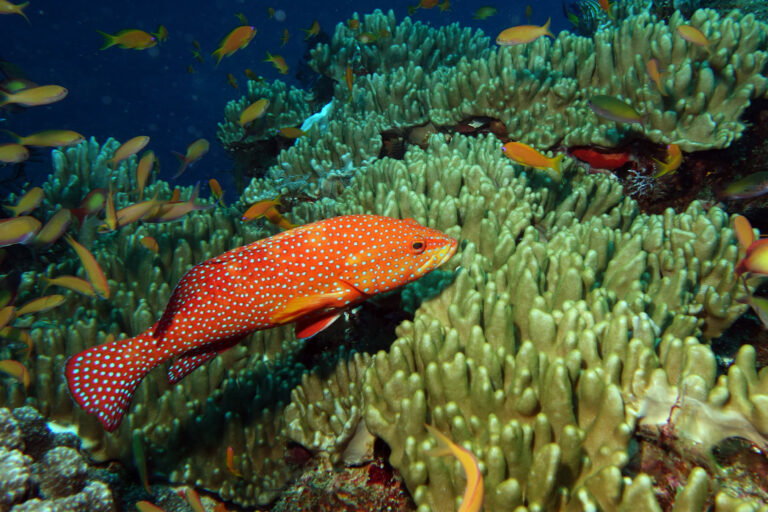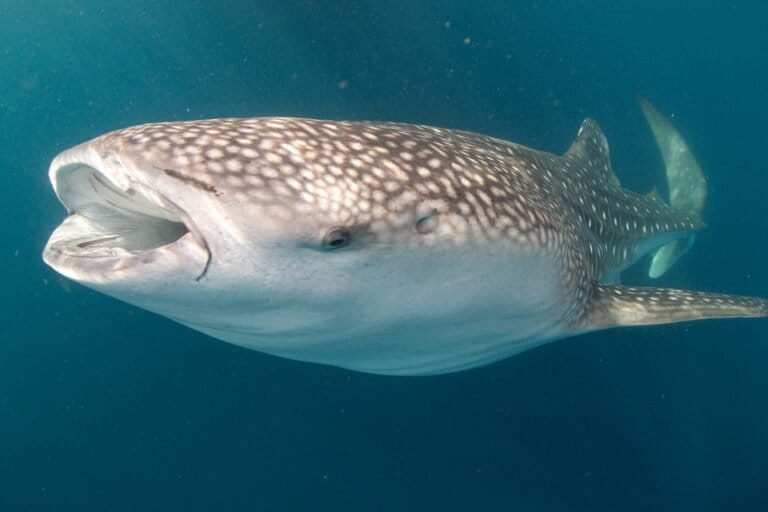- Bullet Summary 1
- Bullet Summary 2
- Bullet Summary 3
- Bullet Summary 4
AMORON’I MANIA REGION, Madagascar — People in the highlands of central Madagascar have long buried their loved ones in shrouds of thick wild silk. After several years, they exhume the dead in a turning-of-the-bones ceremony and wrap them in an additional layer. Older people often have a shroud ready when they die, but these days not everyone can afford one. The price of raw materials has shot up as the forests they come from succumb to fire and other threats, making it difficult for weavers and other silk workers to continue their craft.
The FSC is a certification program that works by laying down a series of standards to guide logging companies. If these standards are diligently followed, the FSC says that the companies will see better economic returns for their products while also being good for the environment, workers, and local communities.
The FSC logo — a green checkmark and tree — aims to assure consumers that the certified wood products have been tracked throughout their supply chains and are guaranteed to come from responsibly managed forests independently monitored by credible third party auditors.

“In the tropics, where illegal harvest and degradation are widespread, FSC represents the single-best tool that exists today to conserve tropical forests while also offering economic opportunities to the myriad landowners, especially communities and smallholders, working responsibly in those regions,” Corey Brinkema, president of FSC-US, told Mongabay.
“I’m still eager to work, but the cocoons are too expensive,” Ramaly Razafidrasoa, a 70-year-old weaver in the village of Anjoma, told Mongabay. She now works a roadside stand selling peanuts and other food.
Though final summer sea ice extent is largely dictated by weather patterns; that year experienced the lowest summer sea ice extent to date, and we’ve already dipped past for this time of year, which placed second, third and fourth lowest for September minimum extents, respectively.
The FSC is a certification program that works by laying down a series of standards to guide logging companies. If these standards are diligently followed, the FSC says that the companies will see better economic returns for their products while also being good for the environment, workers, and local communities.

The FSC logo — a green checkmark and tree — aims to assure consumers that the certified wood products have been tracked throughout their supply chains and are guaranteed to come from responsibly managed forests independently monitored by credible third party auditors.
“In the tropics, where illegal harvest and degradation are widespread, FSC represents the single-best tool that exists today to conserve tropical forests while also offering economic opportunities to the myriad landowners, especially communities and smallholders, working responsibly in those regions,” Corey Brinkema, president of FSC-US, told Mongabay.
“It has been a rapid ice loss,” says Walt Meier, senior research scientist at the National Snow and Ice Data Center. “Most of the ice loss over the past has been in the Bering Sea. That region was mostly ice-free through early March, [then] we had a couple weeks of growth where the Bering Sea extent increased quite a bit. But… the ice is very thin, so it didn’t take much to break it up and/or melt it.”


